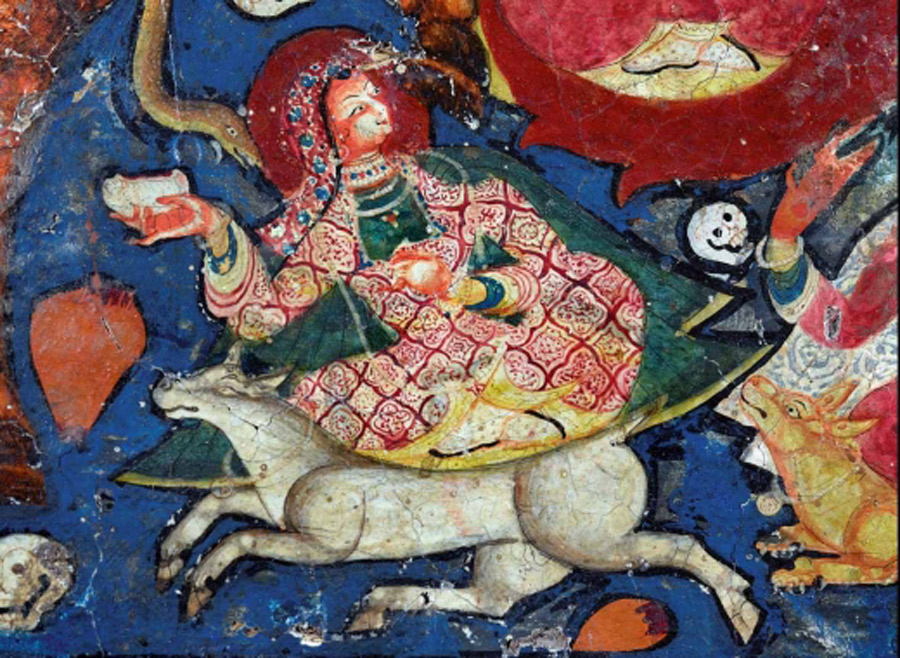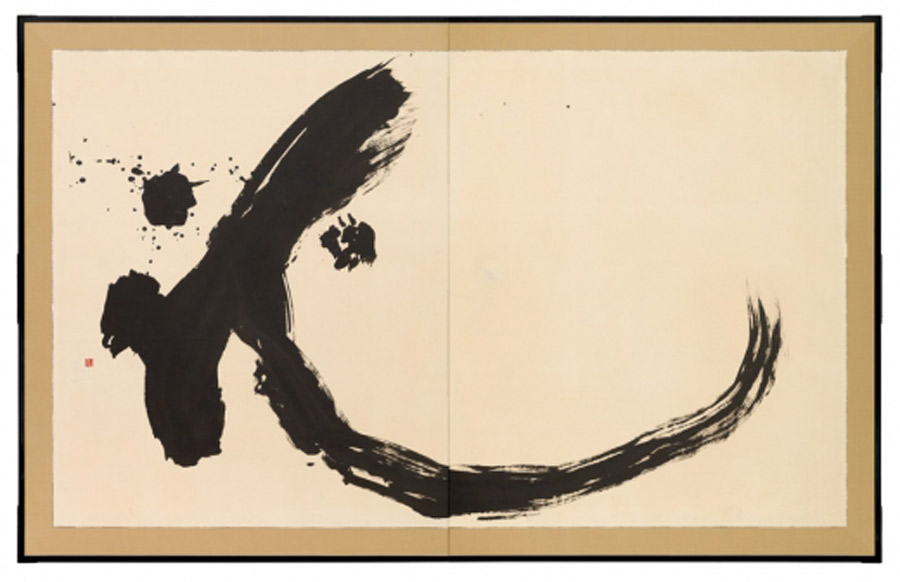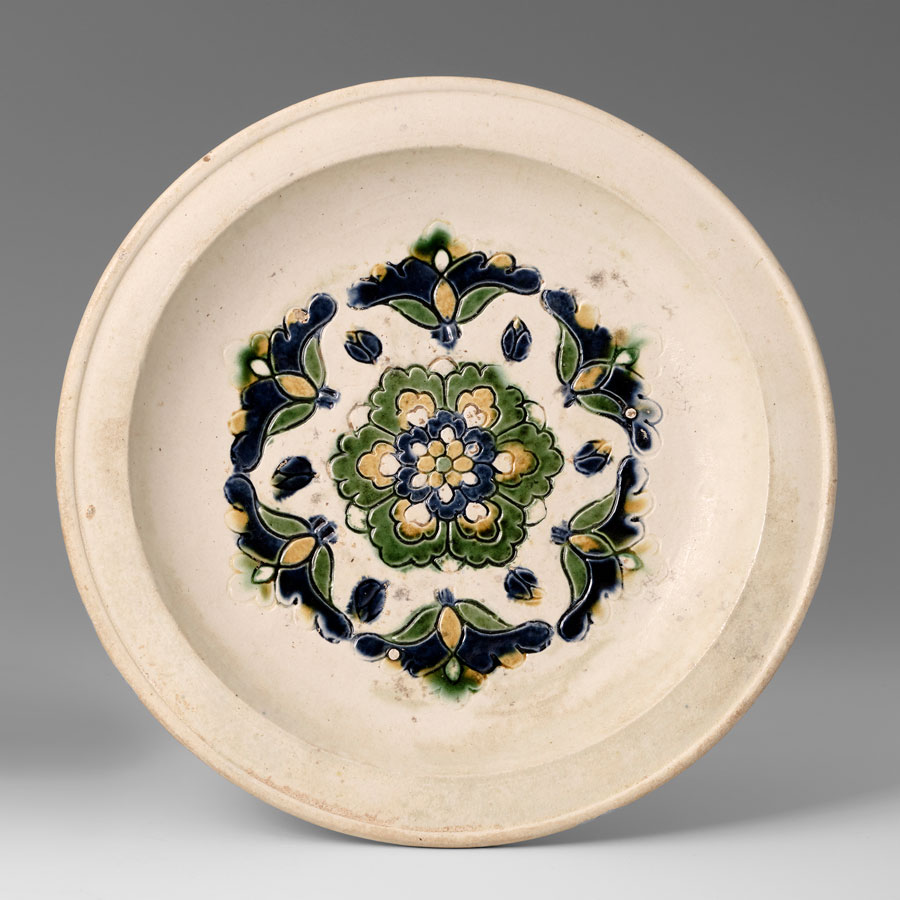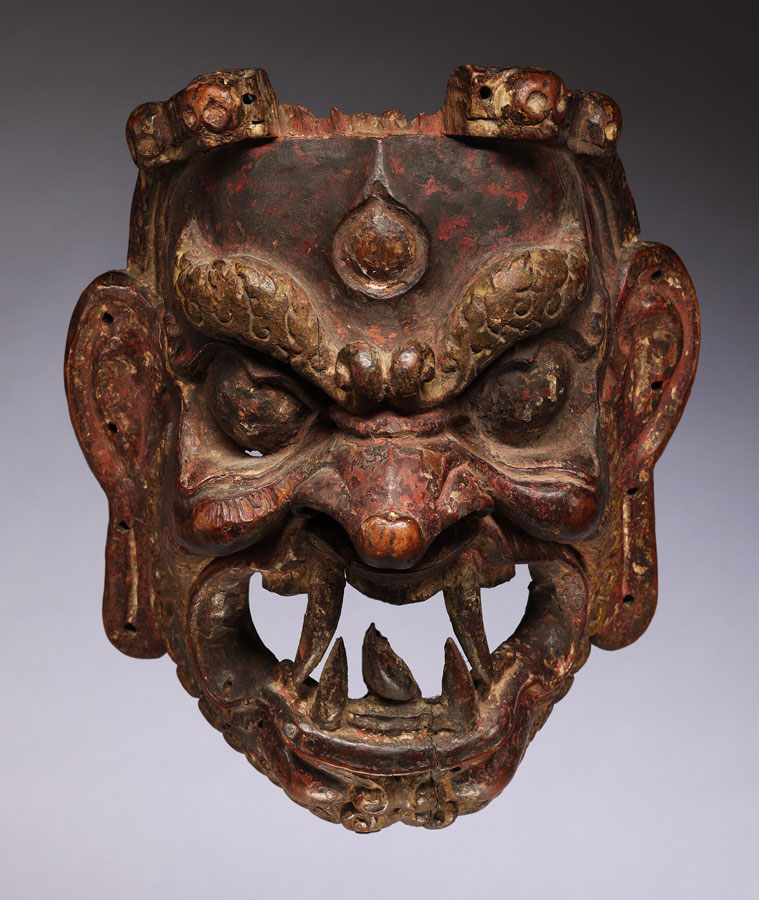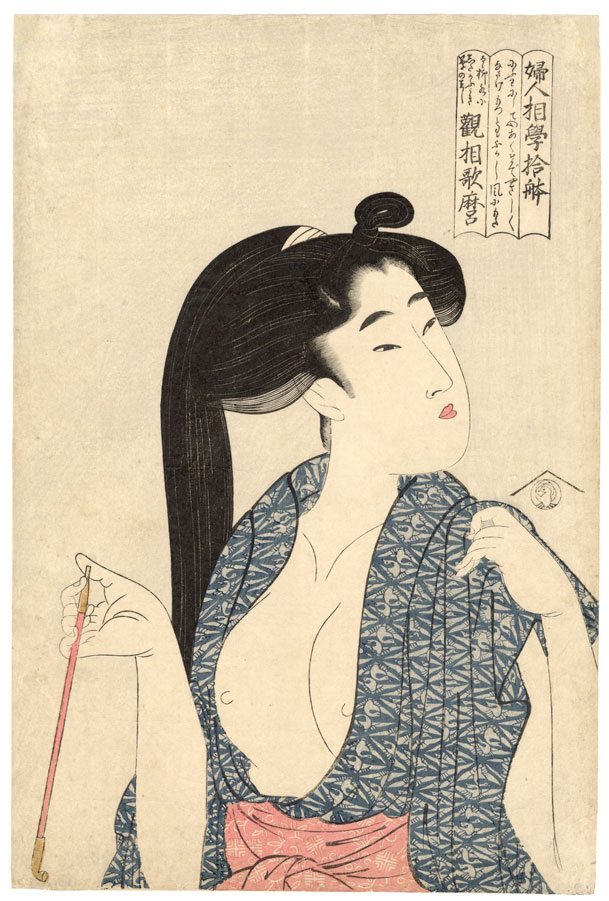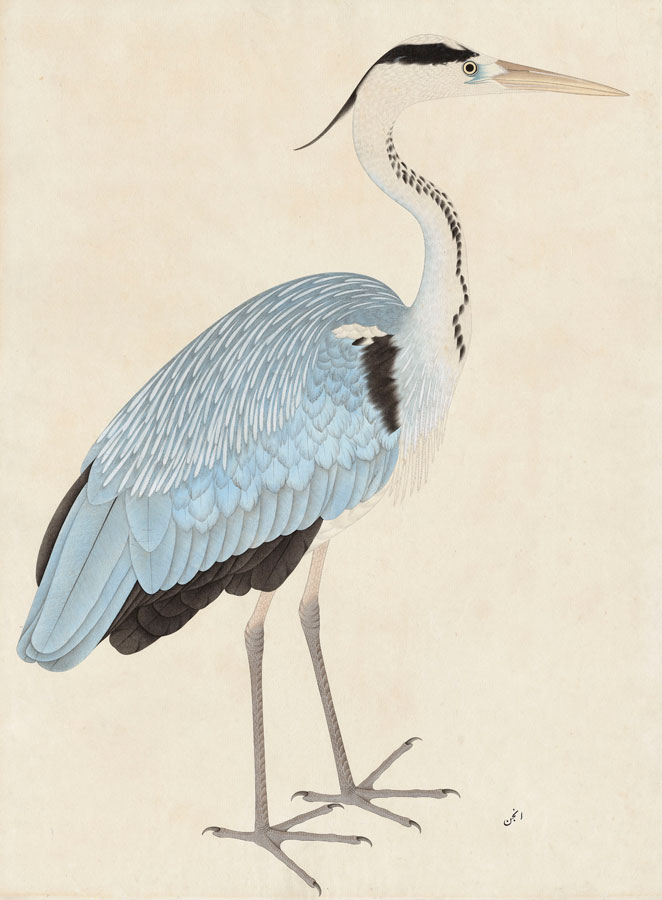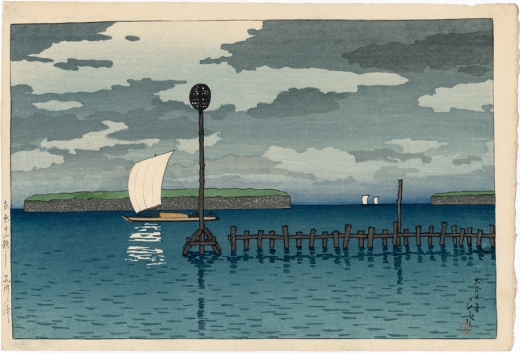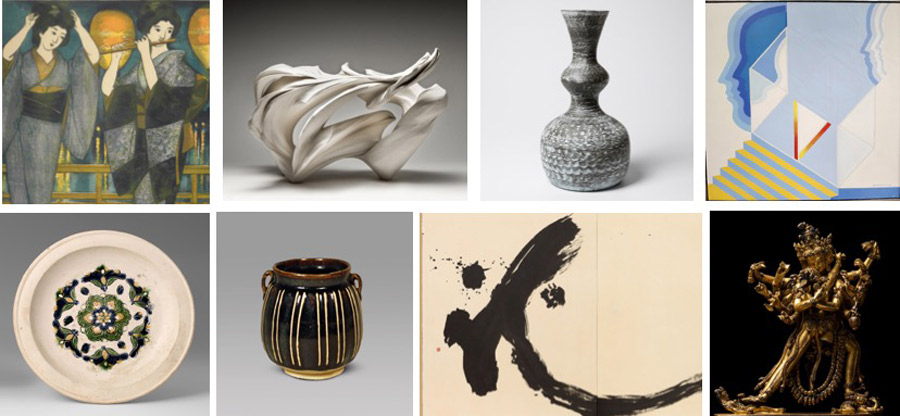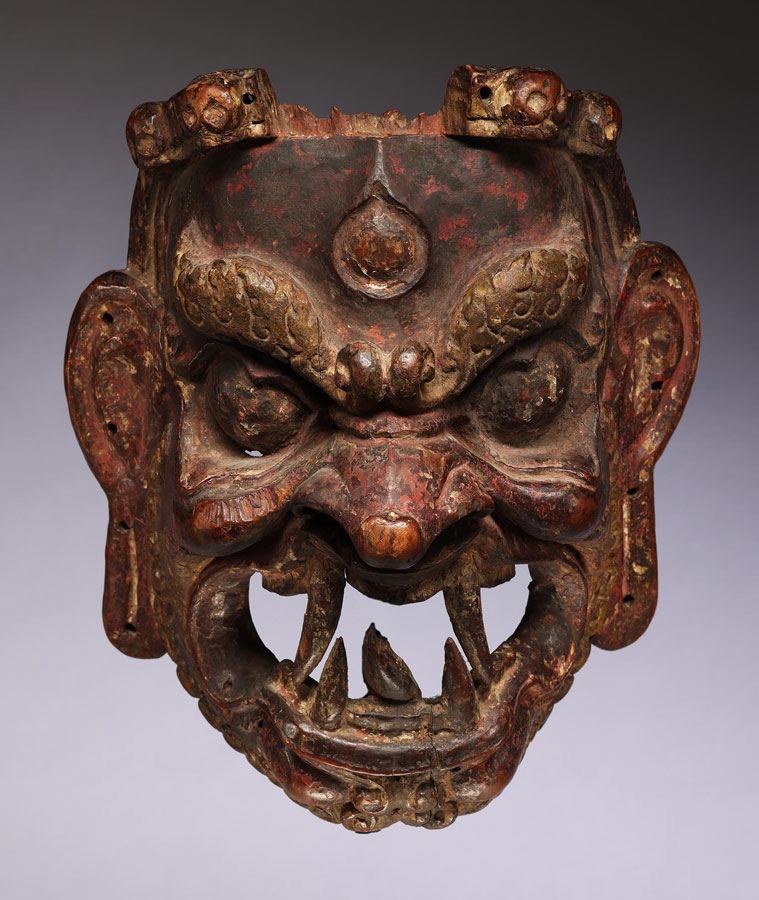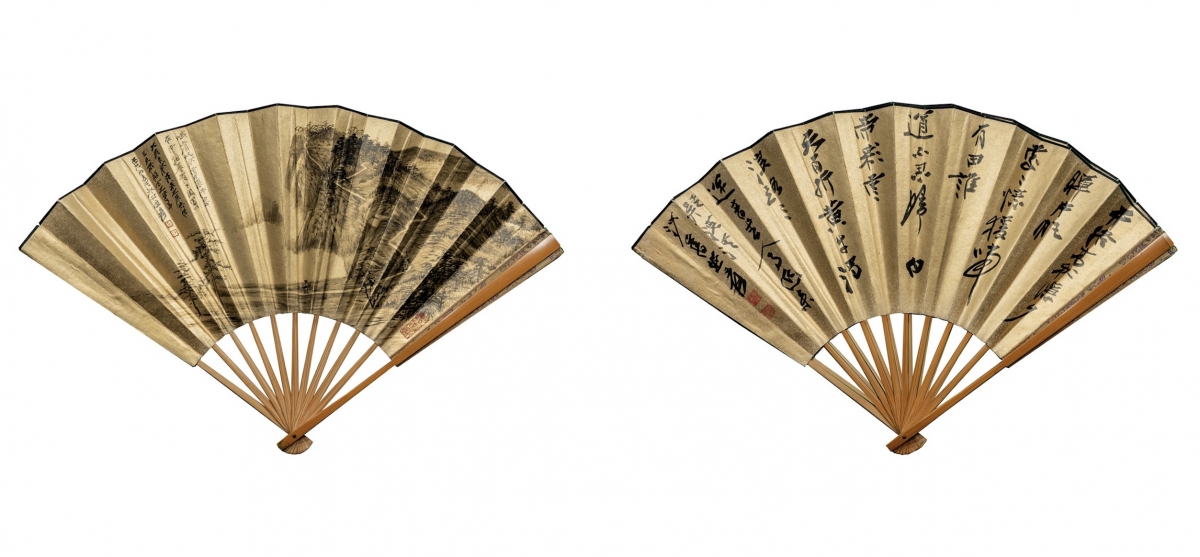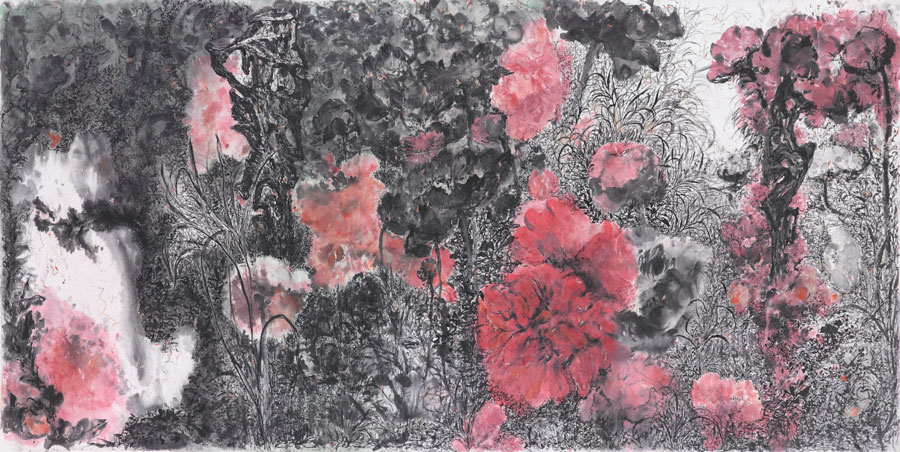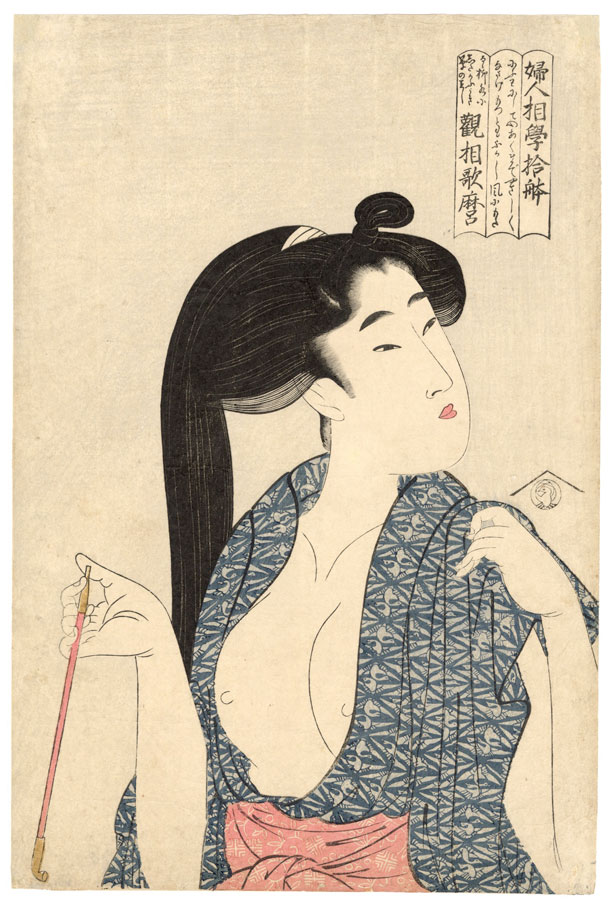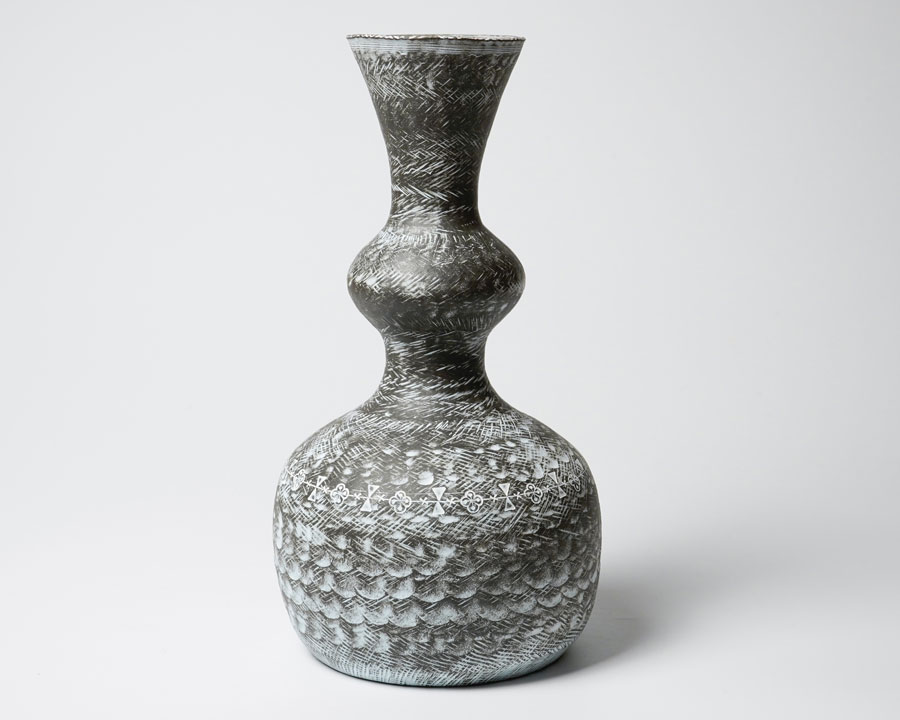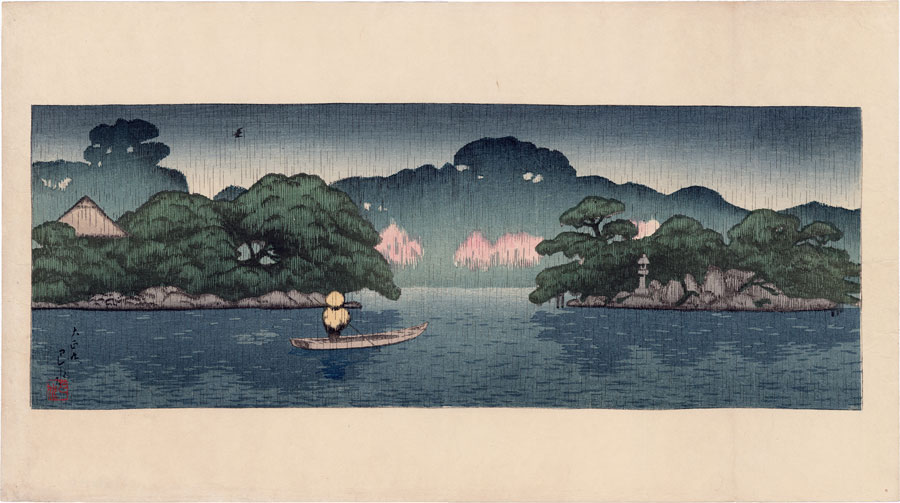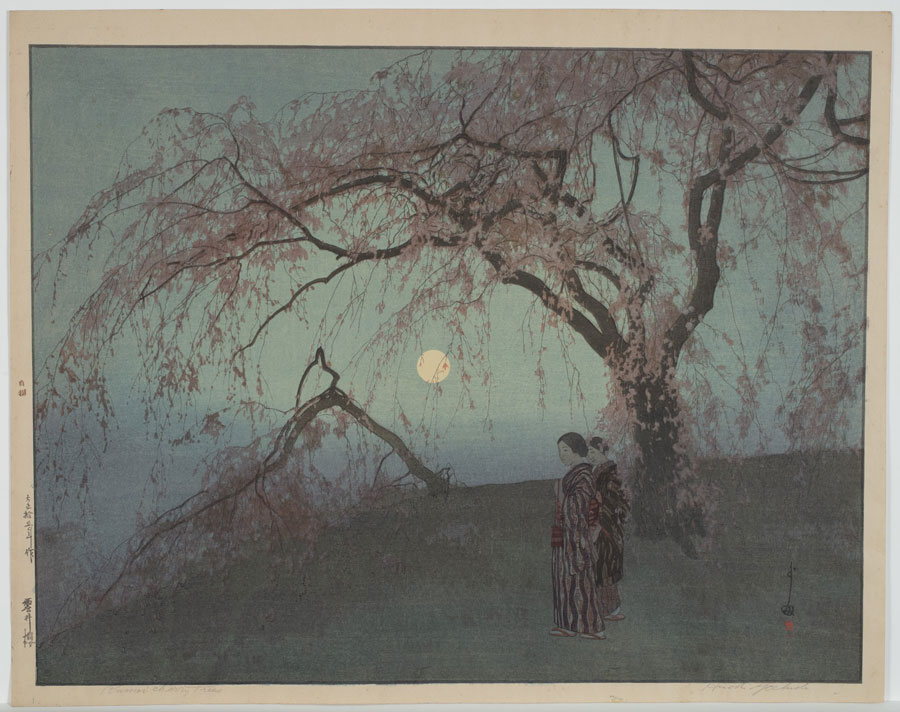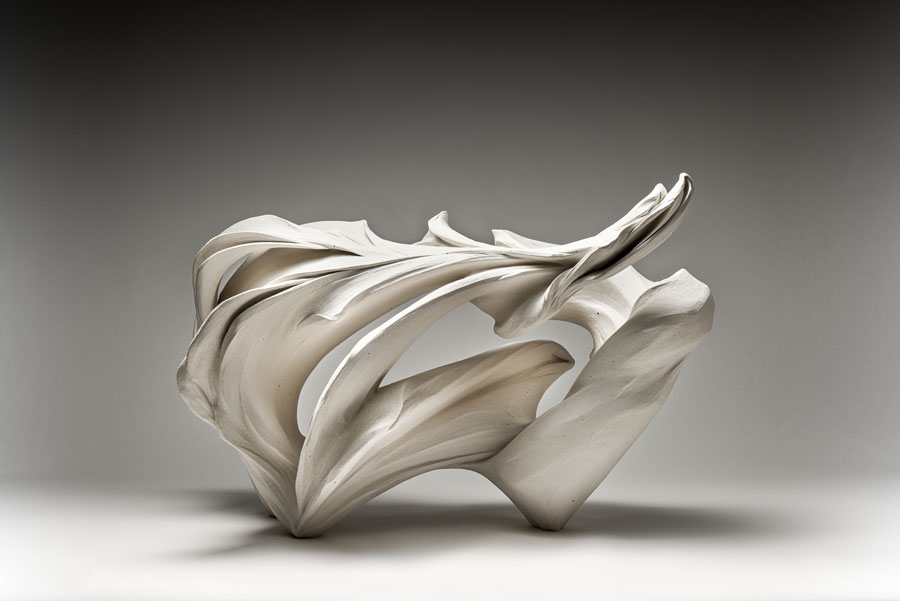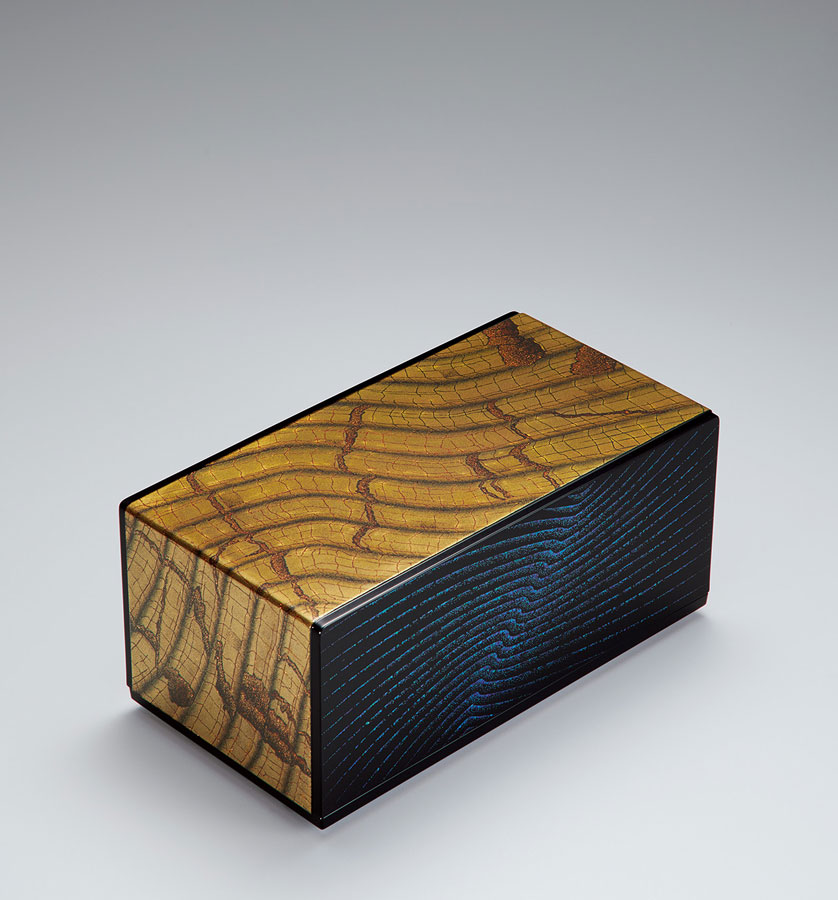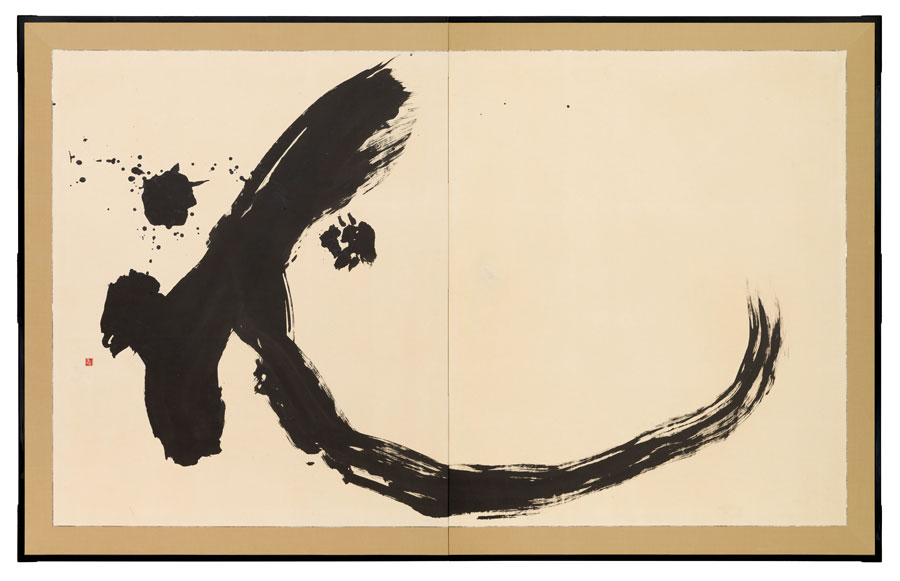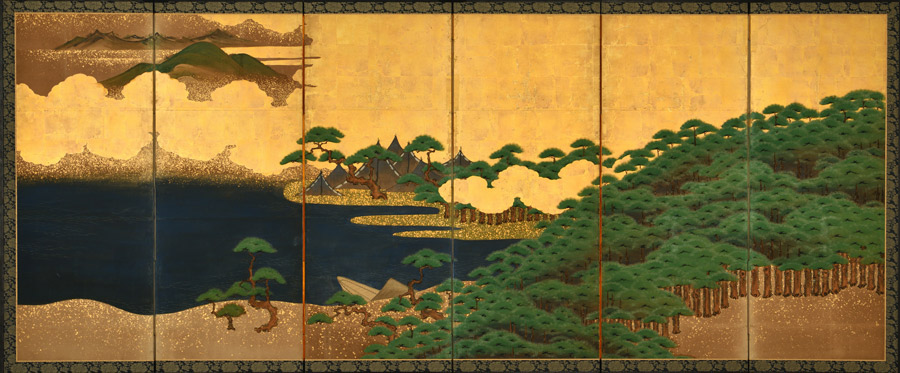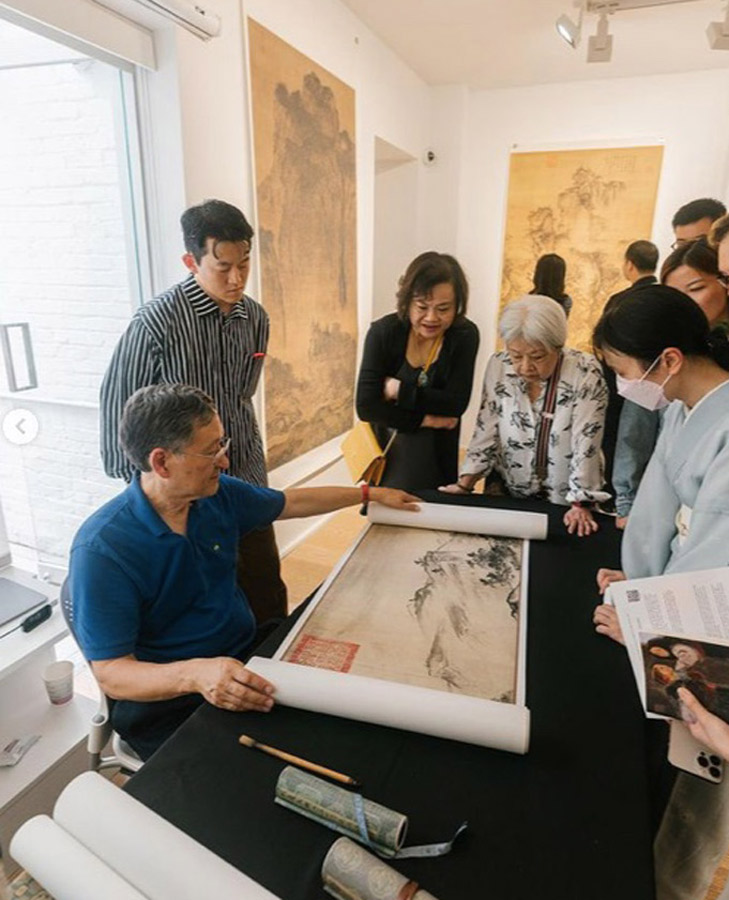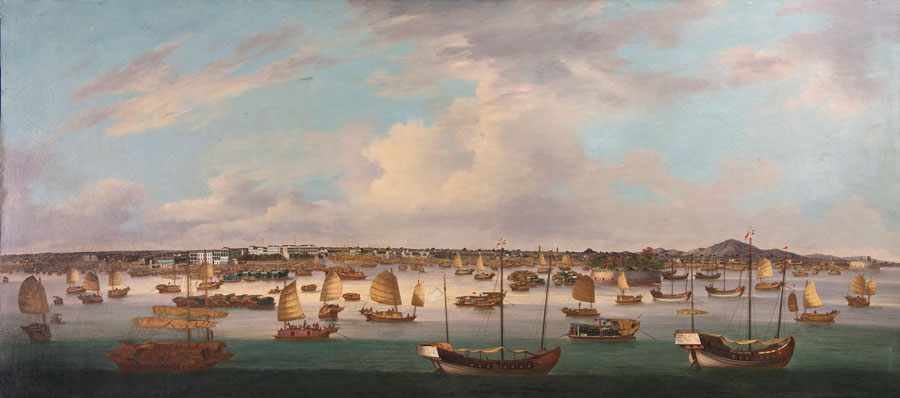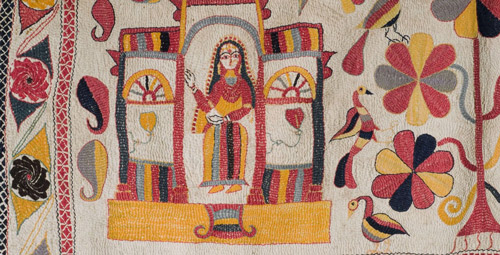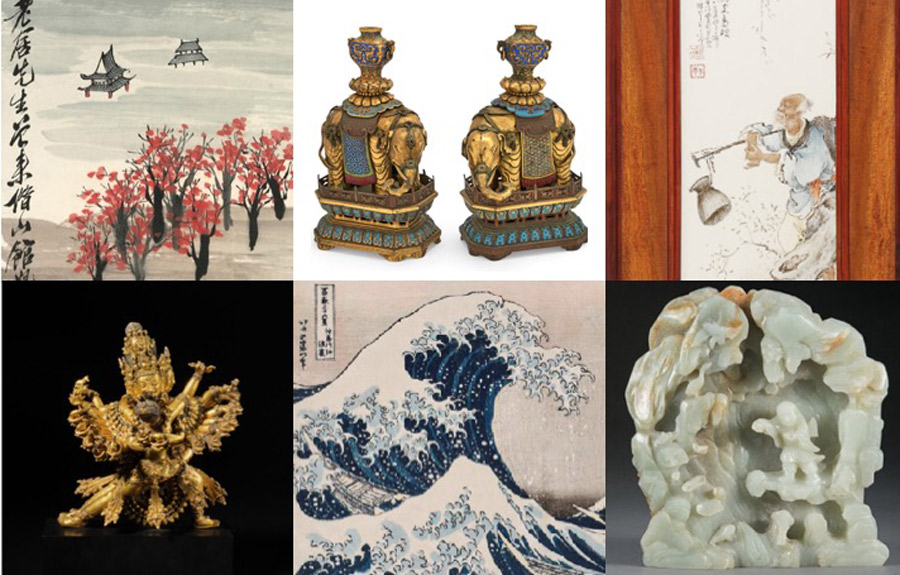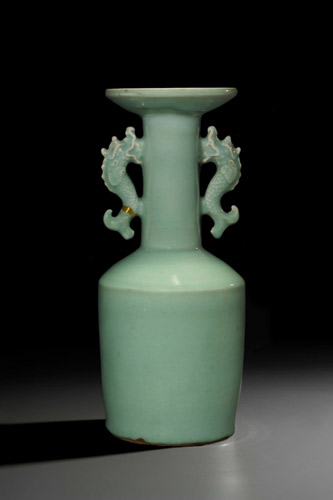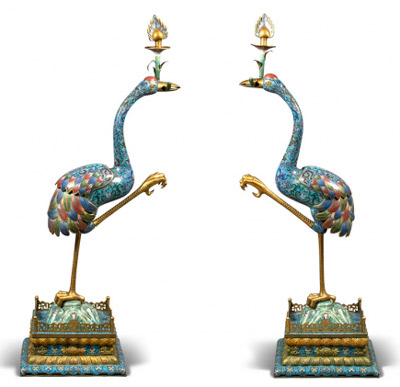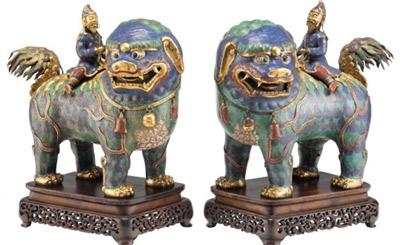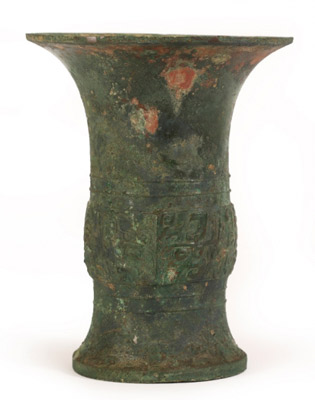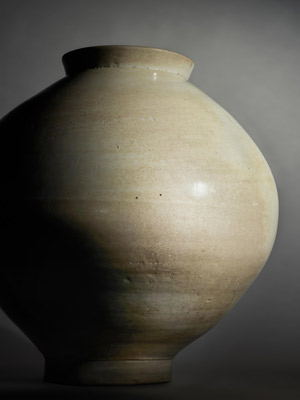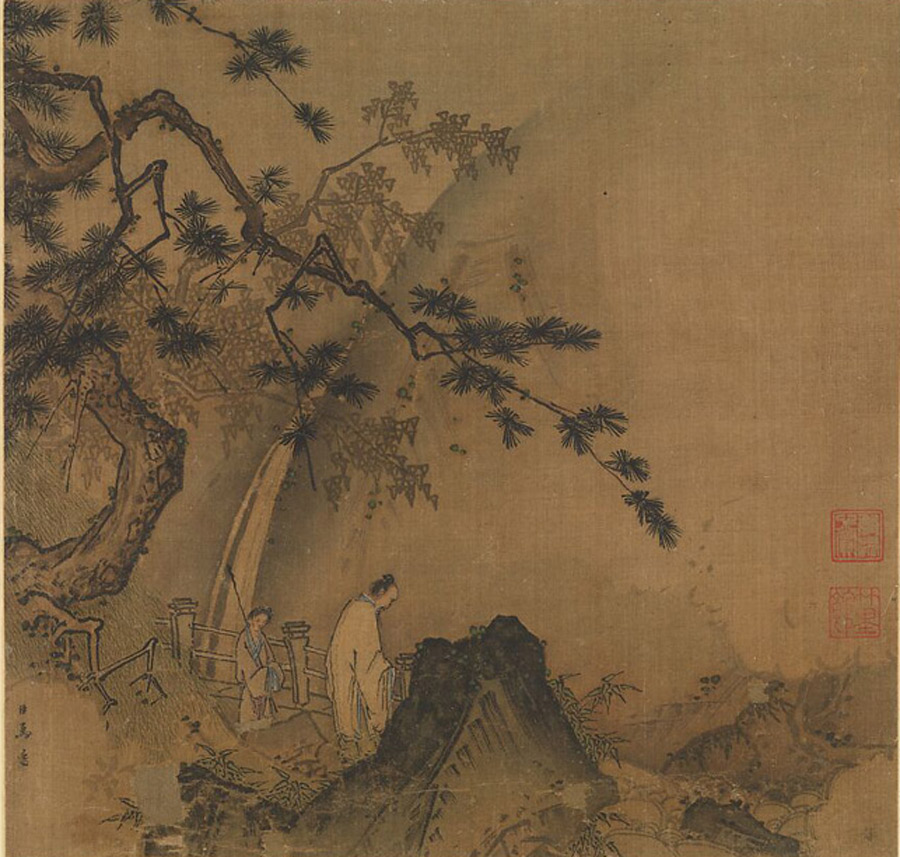Ma Yuan (Chinese, active ca. 1190–1225), Scholar viewing a waterfall, Southern Song dynasty (1127–1279), Album leaf; ink and color on silk, Image: 9 7/8 x 10 1/4 in. (25.1 x 26 cm), The Metropolitan Museum of Art, 1973.120.9
The following Asian Art exhibitions are on view in New York and surrounding areas during this month’s Asia Week.
CHARLES B. WANG CENTER AT STONY BROOK UNIVERSITY
Park Dae Sung: Ink Reimagined
Opens September 14, 2023
The Charles B. Wang Center presents Park Dae Sung: Ink Reimagined, an exhibition that features the works of Park Dae Sung, an innovative artist who transforms meditative observation into monumental artworks that revitalize Korean brush and ink techniques for modern audiences. The exhibition captures the essence of the Korean-born Park’s artistic practice that is inspired by a deep contemplation of traditional East Asian art and the diversity of styles—contemplative, dramatic, tranquil, and powerful—that exist in the ink medium. Viewers will walk away from his work with a newfound understanding of what it means to find beauty in what is old and with a fresh perspective on humanity’s contemporary relationships with nature, identity, and homeland.
Organic Serenity: Reflections of Life in Sui Park’s Sculptures
Sui Park’s artistic vision revolves around the exploration of the seemingly static yet actually dynamic characteristics that shape our experiences. With the remarkable ability to transform industrial materials into enthralling organic visualizations, Park weaves and connects traces of subtle changes to give rise to breathtaking biomorphic shapes that mirror the transitions and transformations found in nature. The exhibition becomes a conduit for reflection to engage with the delicate balance between our experiences and the natural world.
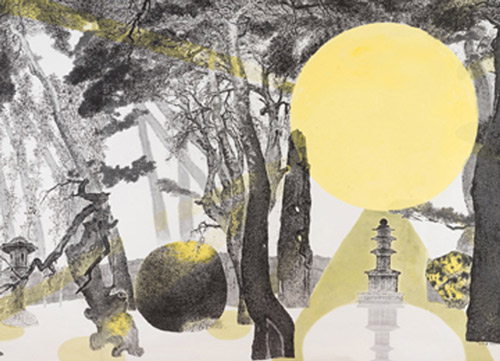
CHINA INSTITUTE
Zoom Into Painting: Details from Exhibition Flowers on a River
Opens September 15, 2023
This special showcase features enlarged details of paintings from the works of 21 selected artists with a special emphasis on ink plum painting, female painters, and the monumental handscroll by Zhu Da (1626-1705) titled Flowers on a River. This showcase presents a fresh opportunity for both the general public and art enthusiasts to deepen their understanding and admiration for the Chinese flower-and-bird painting genre. For an enriched visit, they are delighted to offer a dedicated “painting station,” which allows visitors to experiment with their own brushwork and engage more deeply with the art of ink plum painting.
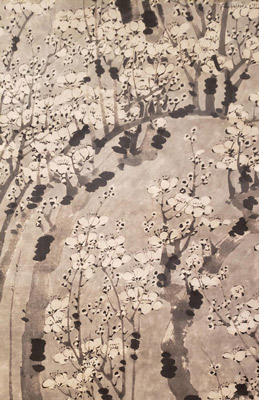
KOREA SOCIETY
Counterpoint: Three Clay Artists
Opens September 14, 2023
Firing clay has been amongst the few mediums to have persevered through thousands of years. Three contemporary ceramic artists pursue their own exploration with clay while reshaping the tradition. Transcending the stereotype of the medium, Janny Baek, Steven Young Lee, and Sunkoo Yuh offer new perspectives shaped by cultural and social influences and reflect the shifting emphasis within the practice of ceramic art.

THE METROPOLITAN MUSEUM OF ART
Tree & Serpent: Early Buddhist Art in India, 200 BCE–400 CE
Featuring more than 140 objects dating from 200 BCE to 400 CE, the exhibition presents a series of evocative and interlocking themes to reveal both the pre-Buddhist origins of figurative sculpture in India and the early narrative traditions that were central to this formative moment in early Indian art. Highlights include spectacular sculptures from southern India—newly discovered and never before publicly exhibited masterpieces—that add to the world canon of early Buddhist art.
Jegi: Korean Ritual Objects
During the Joseon dynasty (1392–1910), Neo-Confucianism was the ruling ideology. People engaged in rituals on the birth and death anniversaries for ancestors upward of five generations, and on major holidays, such as the Lunar New Year and Chuseok (Harvest Moon Festival). Court ancestral rites became the bedrock of Joseon political life and were enacted on a grand scale that included musical and dance performances. A key feature throughout was a table bearing food and drink offerings presented on jegi, or ritual objects. This exhibition features the various types of ritual vessels and accessories that were used for this purpose and entombed, as well as the kinds of musical instruments played at state events.
Learning to Paint in Premodern China
This exhibition considers the underexplored question of how painters learned their craft in premodern China. Some painters learned at home, from fathers, mothers, or other relatives among whom painting was a shared language of familial communication. Others learned from friends who shared their passion. Still others turned to painting manuals, treatises that expanded knowledge of painting to anyone who could buy a woodblock-printed book. Paintings from The Met collection, along with a choice selection of important works from local private collectors, will illuminate these and other pathways to becoming a painter in premodern China.
Anxiety and Hope in Japanese Art
Drawn largely from The Met’s renowned collection of Japanese art, this exhibition explores the twin themes of anxiety and hope, with a focus on the human stories in and around art and art making. The exhibition begins with sacred images from early Japan then proceeds chronologically, highlighting medieval Buddhist images of paradises and hells, Zen responses to life and death, depictions of war and pilgrimage, and the role of protective and hopeful images in everyday life. In the final galleries, the exhibition’s underlying themes are explored through a selection of modern woodblock prints, garments, and photographs.
Celebrating the Year of the Rabbit
This exhibition presents sixteen remarkable Chinese works illustrating how rabbits have been a prominent artistic subject since ancient times. Their earliest depictions are featured on jade pendants and sacred ritual bronze vessels dating from China’s Shang (ca. 1600–1048 BCE) and Western Zhou (ca. 1046–771 BCE) dynasties. Also on view are images of the zodiac animals in jade and ceramics that were meant to adorn people’s homes as well as dispel harmful influences.
Samurai Splendor: Sword Fittings from Edo
This installation in the Arms and Armor galleries explores the luxurious aspects of Edo-period sword fashion, a fascinating form of arms and armor rarely featured in exhibitions outside Japan. It presents a selection of exquisite sword mountings, fittings, and related objects, including maker’s sketchbooks—all drawn from The Met collection and many rarely or never exhibited before.
Ganesha: Lord of New Beginnings
Ganesha, the son of Shiva and Parvati, is a Brahmanical (Hindu) diety known to clear a path to the gods and remove obstacles in everyday life. The 7th to 21st century works in this exhibition trace his depiction across the Indian subcontinent, the Himalayas, and Southeast Asia. Featuring 24 works across sculptures, paintings, musical instruments, ritual implements, and photography, the exhibition emphasizes the vitality and exuberance of Ganesha as the bringer of new beginnings.
A Passion for Jade: The Bishop Collection
More than a hundred remarkable objects from the Heber Bishop collection, including carvings of jade, the most esteemed stone in China, and many other hardstones, are on view in this focused presentation. The refined works represent the sophisticated art of Chinese gemstone carvers during the Qing dynasty (1644–1911) as well as the highly accomplished skills of Mogul Indian (1526–1857) craftsmen, which provided an exotic inspiration to their Chinese counterparts. Also on view are a set of Chinese stone-working tools and illustrations of jade workshops, which introduces the traditional method of working jade.
Embracing Color: Enamel in Chinese Decorative Arts, 1300-1900
Enamel decoration is a significant element of Chinese decorative arts that has long been overlooked. This exhibition reveals the aesthetic, technical, and cultural achievement of Chinese enamel wares by demonstrating the transformative role of enamel during the Ming (1368–1644) and Qing (1644–1911) dynasties. The more than 100 objects on view are drawn mainly from The Met collection.
Michael Lin: Pentachrome
Michael Lin’s site-specific installation Pentachrome brings contemporary art to the Museum’s Great Hall Escalator for the first time. Inspired by The Met collection and the building’s architecture, Pentachrome invites visitors to reconsider the Museum’s Great Hall, its Balcony, and the surrounding art from a fresh perspective.
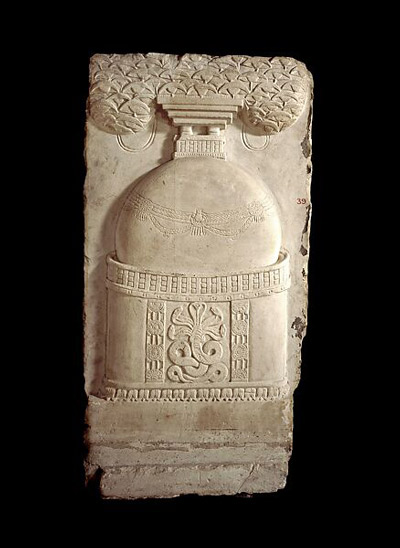
THE PHILADELPHIA MUSEUM OF ART
Oneness: Nature & Connectivity in Chinese Art
Explore the questions of “what is nature?” and “what is the relationship between humans and nature?” This exhibition features the work of four contemporary artists whose practices examine the boundaries between humans and nature from a philosophical, spiritual, and material perspective. All the featured artists embrace and adapt historic Chinese artistic traditions through their chosen materials, process, or themes.
A Century of Kanthas: Women’s Quilts in Bengal, 1870s–1970s
This exhibition brings into conversation two types of kanthas: nakshi (ornamented) kanthas and galicha (carpet) kanthas. The nakshi kanthas on view, from between about 1870 and 1930, are made on layers of soft, white, repurposed fabric embroidered with meaningful motifs in a delicate palette and often covered with rows of parallel white running stitches. Galicha kanthas, produced especially in the 1950s and 1960s, are thick, uniformly rectangular quilts with vivid cross-stitch embroidery in intricate geometric forms on a surface of new cloth backed by upcycled fabrics. Many that survived are now heirlooms that carry women’s individuality and love for their families across generations.
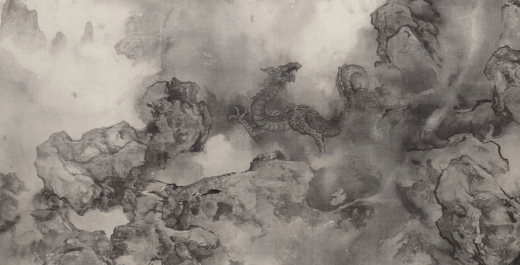
THE RUBIN MUSEUM OF ART
Death is Not the End
Death Is Not the End is a cross-cultural exhibition that explores notions of death and afterlife through the art of Tibetan Buddhism and Christianity. During a time of great global turmoil, loss, and uncertainty, the exhibition invites contemplation of the universal human condition of impermanence and the desire to continue to exist.
Gateway to Himalayan Art
Gateway to Himalayan Art introduces viewers to the main forms, concepts, meanings, and traditions of Himalayan art represented in the Rubin Museum collection. It is organized and presented in thematic sections: Figures and Symbols, Materials and Techniques, and Purpose and Function.
Life After: The Bardo
Life After: The Bardo is an installation that invites visitors to lie down and listen to the excerpts from the Tibetan Book of the Dead, one of the most widely distributed forms of bardo-related ritual texts.
Shrine Room Projects:
ROHINI DEVASHER/PALDEN WEINREB
In dialogue with the Tibetan Buddhist Shrine Room at the center of the gallery, Shrine Room Projects is an exhibition series that features contemporary artists who reinterpret traditional and religious iconography. For Shrine Room Projects, Rohini Devasher (b. 1978, New Delhi) presents a two-channel video installation, 300 Km or the Apparent Movement of the Sun (2020), a powerful visual meditation on the observation of the sun moving across the sky. Palden Weinreb (b. 1982, New York) presents two mixed-media works created in wax and illuminated by LED lights, Offerings (2014) and Untitled (Stupa) (2013).
Masterworks: A Journey Through Himalayan Art
This regularly changing exhibition at the Rubin explores major strands in the development of Himalayan art, covering a period of over one thousand years and featuring objects drawn primarily from the Rubin Museum’s collection.
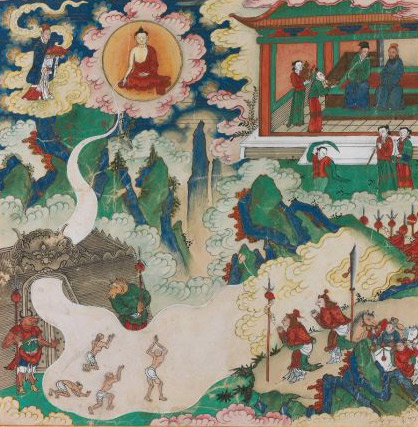
TIBET HOUSE US
Alchi: Visions of Enlightenment
View monumental photographs of the world-renowned Buddhist monastery complex of Alchi by Peter van Ham. At an altitude of ten thousand feet nestled in a lush valley surrounded by the majestic Himalayas, Alchi is a destination for art lovers and seekers alike. Mandalas and towering sculptures of Bodhisattvas adorn the walls, ceilings and doors of each temple and include scenes from the Buddha’s life as well as secular life from a period of tremendous cross-cultural activity in the region.
